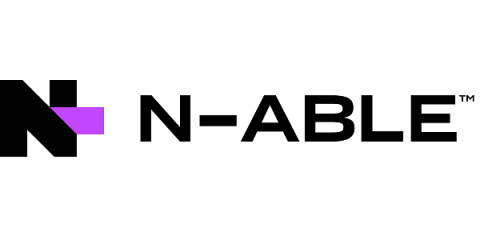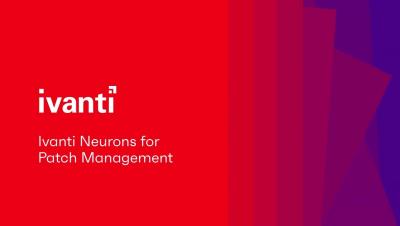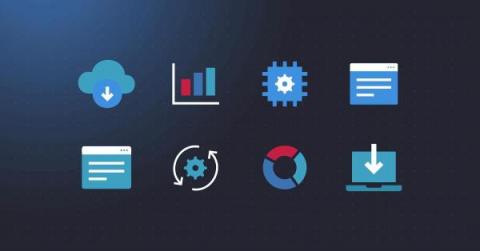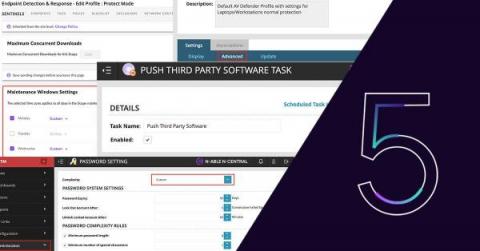What to look for in a patch management solution
Welcome to part 2 of our Patch Management Basics series. In part 1—Learn patch management—we covered what patch management is, how it’s different to vulnerability management, and what the components are that make a good patch management program. In this article, we’re going to go a step deeper and explore the features that make up the best patch management solutions.










